GUEST BLOGGER AIMEE ISAAC
Planet Earth provides…habitats!
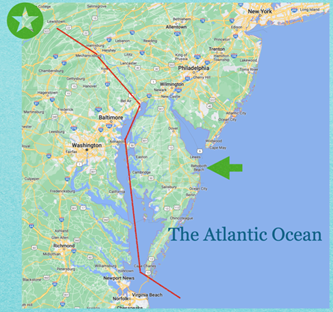
Planet Earth provides everything plants and animals (and humans) need for their survival. Taking a close look at your local or regional watershed and the diversity of life therein can be an excellent starting point for a unit on animal habitats. You can also use this lesson as a springboard for a project-learning investigation.
Read and discuss – What are the natural resources needed for survival that the Earth provides?
- Reread this sentence from the text: “Earth…which provides for us all, wherever we are…” What does that mean? What does the Earth provide? Discuss the following questions with students.
- What are the natural resources that the Earth provides?
- What types of habitats does the Earth provide? Which habitats are illustrated in the story? List some habitats not found in this story.
- Now, show students the map of your local watershed. Use the satellite view for best results. Start by tracing a stream or river to where it might begin and where it might end. Ask students to consider how large the watershed is. Then pose the following questions as you zoom in and search around, together.
- Which landforms are present?
- Which habitats are present?
- Name some plants and animals that may live in these habitats.
- What are some threats that plants and animals face as a result of environmental degradation?
- As water flows through these habitats, how might the water quality impact the diversity of life?
Research and observe
Invite students to research a habitat within the local or regional watershed. Dividing students into groups, ask them to research the landforms, natural resources, animals, plants, and climate of their habitat. Ideally, students will get outside to study a habitat in person! Have groups work together to build a model that shows the interconnected habitats and then present on each of their habitats to the class. The model should include natural resources and depict the flow of water.
Materials
- Graphic organizers
- Student paper or notebooks
- Teacher-selected sources for research including print and online (online resources are also included in the back matter of The Planet We Call Home).
- Student-selected sources for research including print and online
- Digital camera or iPad for taking pictures outdoors (optional)
- Recycled and new materials to build their model including cereal boxes, construction paper, tape, clay, play dough, papier-mâché, markers, paint
Procedure
- Begin by reviewing the map of your local watershed and labeling the various habitats. This might include forest, wetland, mountain, freshwater, coast, estuary, etc.
- Divide the students into small groups and assign habitats, or allow groups to choose. Provide graphic organizers and access to sources for research.
- Ask students to research which plants and animals live in the habitat as well as identify any other natural resources within the habitat. Which landforms are present?
- If time permits, visit any habitats that are near the school, or take a field trip to one that is farther away.
- Have groups identify an expert they can interview to gather information. Allow time for students to conduct interviews via Zoom or in person.
- Have students collect images of the animals, plants, and habitat and store them in an online folder. They can refer to these images to create their model.
- Have students research threats to their habitat. This might include stormwater runoff, pollution, litter, climate change, deforestation, etc.
- Discuss as a class how the habitats are interconnected. What is the flow of water?
- Finally, have each group work together to create a model that depicts all of the habitats and shows the flow of water throughout the watershed. The model should include natural resources, and depict various plants and animals as well as the landforms present.
Present
Have students create a presentation teaching others what they know about the diversity of life and the climate of their habitat. Each group should include a summary of the possible environmental threats as well as the importance of the natural resources in the habitat. After all groups present, invite students to discuss and compare the diversity of life between habitats.
Variations for presentations include:
- Write and perform a play that depicts the information you learned about your habitat
- Create a drawing, painting, diorama, or poster that shows what you learned
- Write and perform a series of songs or poems about your habitat
- Write an informational book or essay
- Create a webpage
- Write a speech about protecting the natural resources in your habitat
Consider leaving the model on display in your building or creating a bulletin board with photos and excerpts from student work.
Aimee Isaac is a children’s book author who writes stories fueled by her passion for the natural world. She is a former teacher and a busy advocate, dedicated to protecting the environment and ending Alzheimer’s. Aimee’s educational background includes sociology, early childhood special education, and reading. When Aimee isn’t writing or advocating, she’s often found hiking, reading, or spending time with her family. Aimee spends time each summer by the Juniata, a river that meanders its way toward the Atlantic Ocean where she lives now with her husband and three children in Rehoboth Beach, Delaware. You can follow Aimee on Twitter @isaacaimee, Facebook @AimeePBAuthor and on Instagram @aimeeisaacwrites. Visit Aimee online at aimeeisaac.com for a free educator guide or to schedule a school visit.


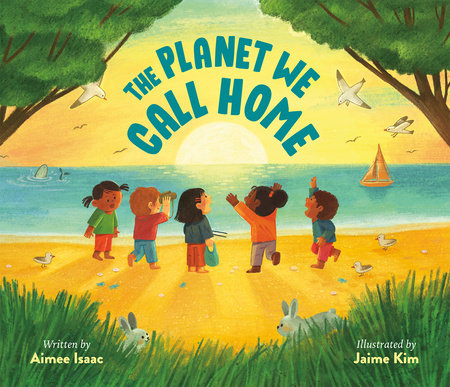


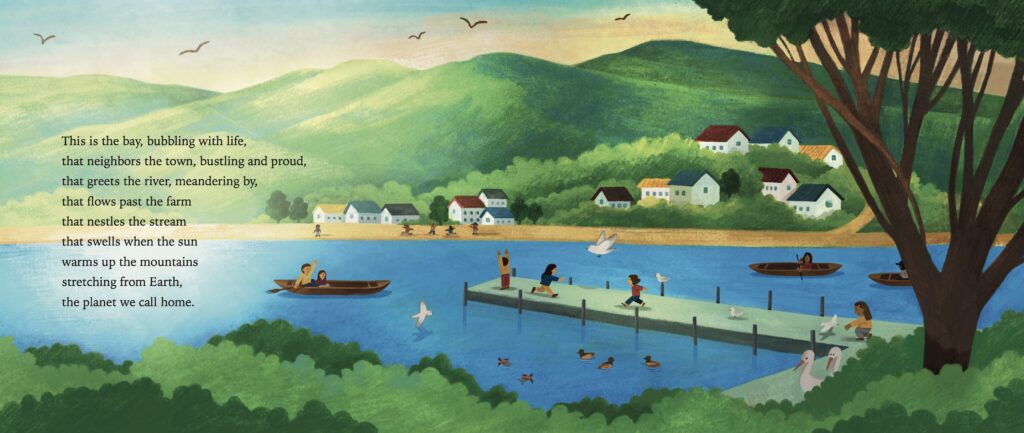

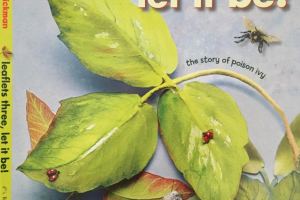

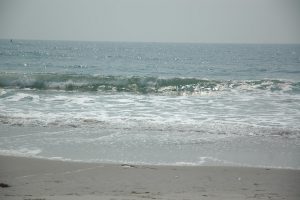


Leave a Reply
Your email is safe with me.